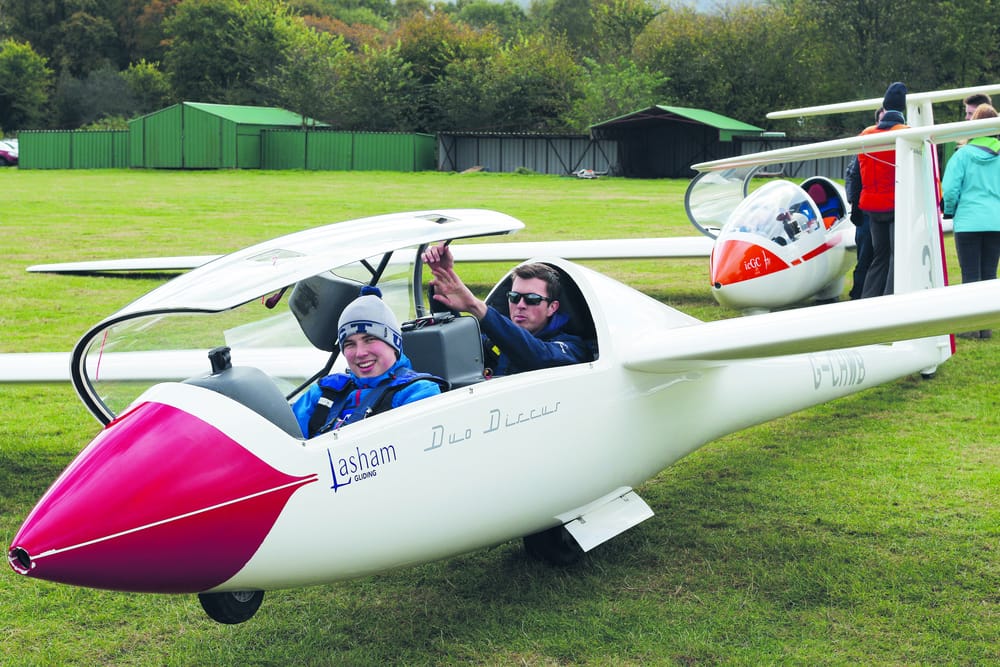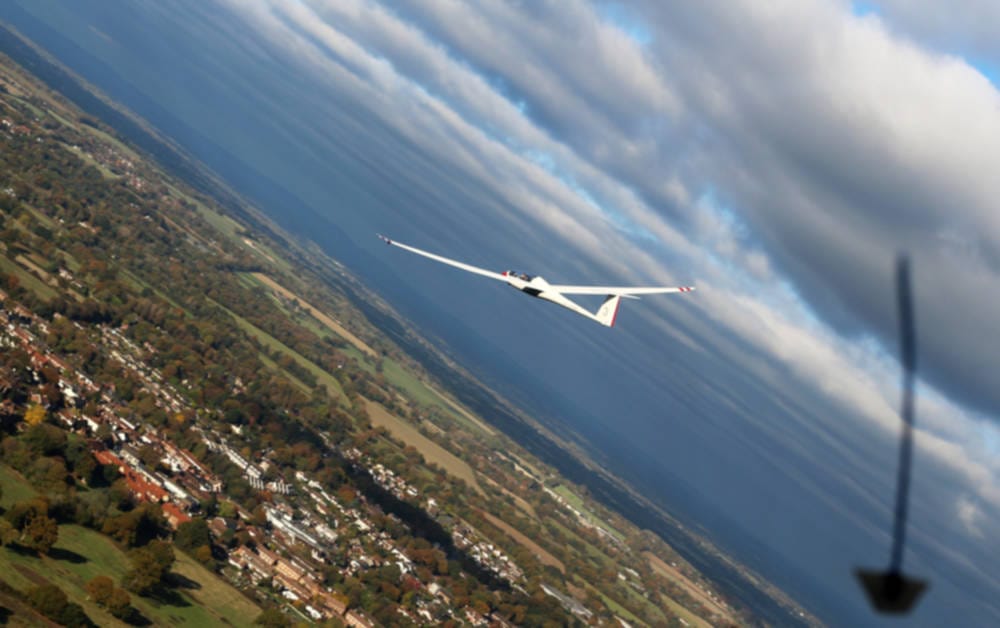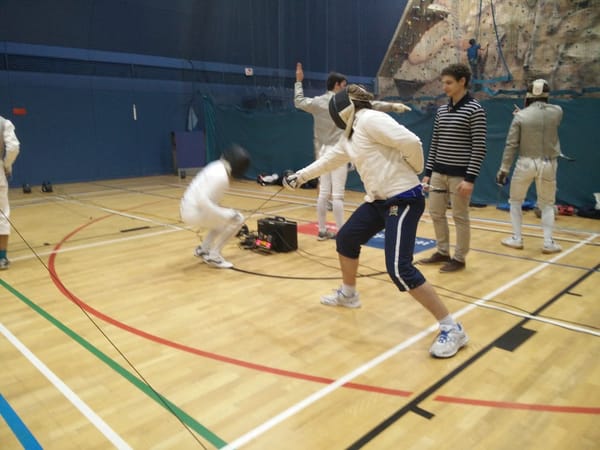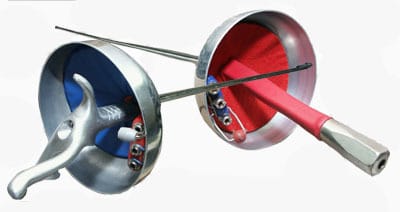Is it a bird? Is it a plane?
Yeah, it’s a plane

How long can you stay in the air without an engine? In a glider, anything is possible.
On a fresh Sunday morning in November, eight members of the Imperial College Gliding Club, both new and experienced, set off on an expedition to a new airfield. Meeting at university at 6:30am on a Sunday was a small price to pay for the brilliant day that lay ahead.
The Southdown Gliding Club in Parham, Suffolk, is a charming little airfield. It is small, but very well equipped with many friendly and helpful pilots. Whereas our home base, Lasham airfield, is surrounded by flat fields in all directions, Parham offers views of rolling hills. Their most valuable asset is the Southdowns ridge, a line of chalk hills extending almost 200km ending at the East Sussex South coast.
Once we arrived at Parham, we were welcomed by one of their members who briefed us on the tricks and practices of flying along the entire ridge. We would be flying in our own two-seat training glider, a Grob 103C, and a hired Duo Discus. These gliders usually live at Lasham, so were towed to Parham in their trailers by our Imperial alumni instructors, Tom Arscott and Guy Dutton. Once we had rigged the gliders, and made sure the wings and tailplane were securely attached, we could get flying!
Due to the lack of an engine, gliders rely on rising air to keep them flying. During beautiful summer days, the sun heats up the ground and air just above it. The hot air then rises and eventually condenses into a fluffy cumulus cloud. The rising columns of air below these clouds are known as “thermals”. Gliders, as well as birds, can circle in this lift to gain altitude and stay in the air. However, in winter, thermals are scarce and gliders need a different way to stay in the air for any longer than 10 minutes – here is where the Southdowns ridge comes in.
At Parham, any strong northerly wind will be deflected up the hills, providing rising air for gliders to gain altitude. As long as the wind is pointing in the right direction, gliders can stay aloft for hours at a time by flying back and forth along the ridge. Gliding above the ridge is exhilarating. The continued supply of energy enabled us to make some quite spectacular speedy low flights. We all had flights of at least one hour, and some of us were able to fly in formation together for two hours, covering 60km on the ridge. There are more photos and a video on our Facebook page. We flew for as long as possible, being the last to land back at Parham and de-rigging our gliders just before it got dark.
Gliding is definitely not for impatient or comfort seeking types, rather we’re all motivated and recognise the pleasures helping out on the airfield as well as flying. Above all, the sport is a continuous learning process and a lot of fun. The trip was a huge success, with both returning members of the club making progress in their training and new members discovering the thrills of gliding. We’d like to give our huge thanks to Tom and Guy for towing and instructing, and to the Southdown gliding club for their hospitality.









